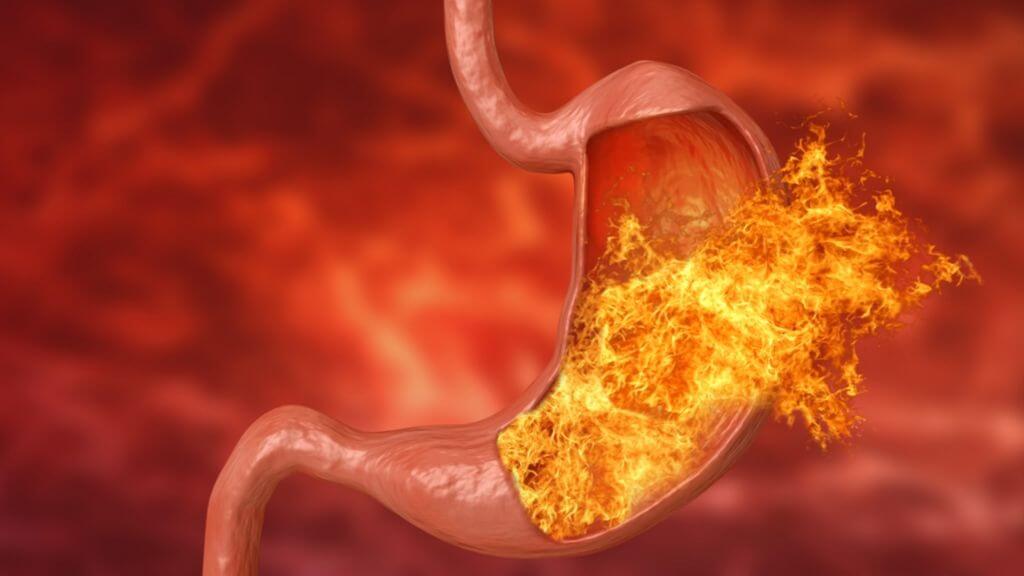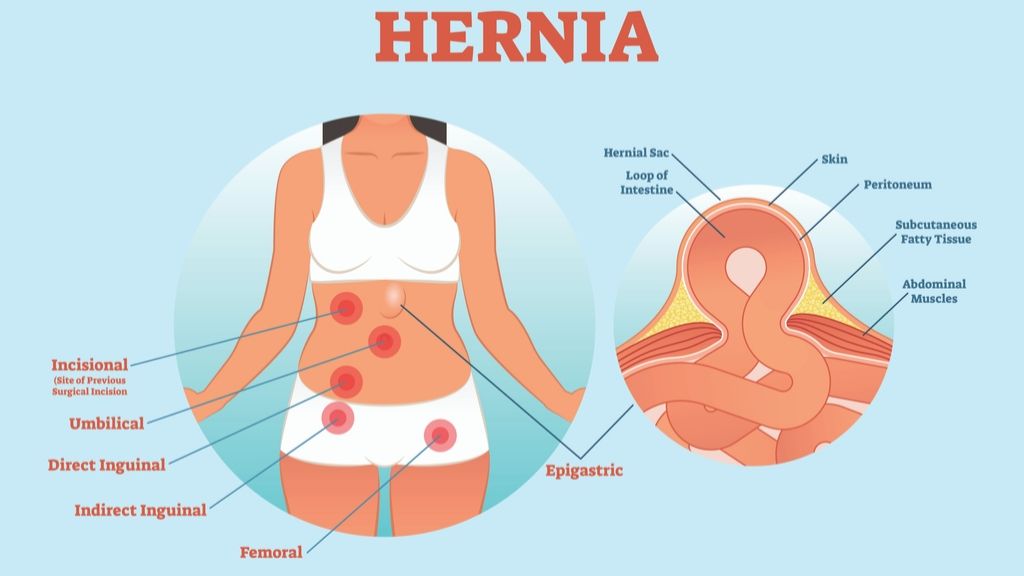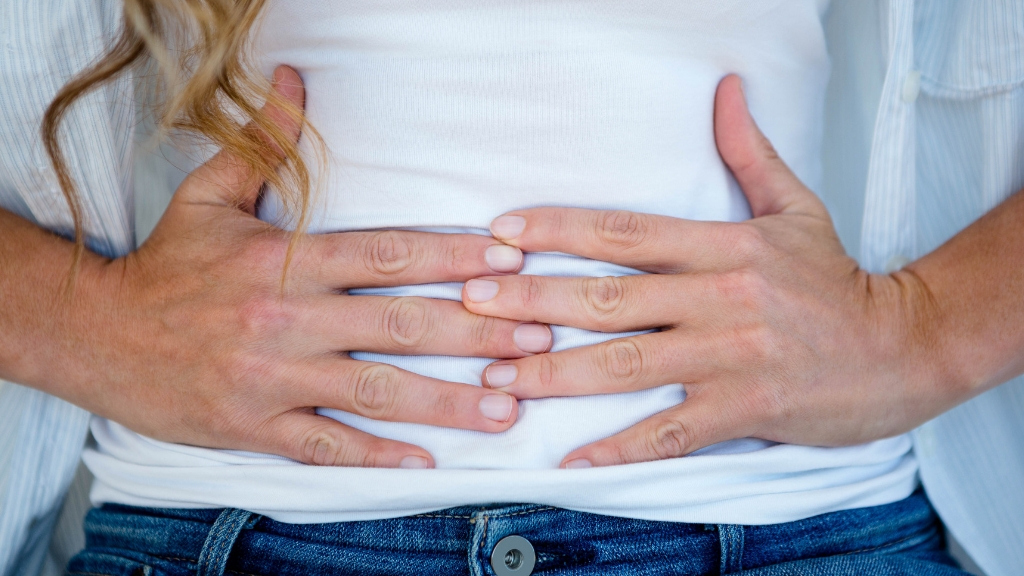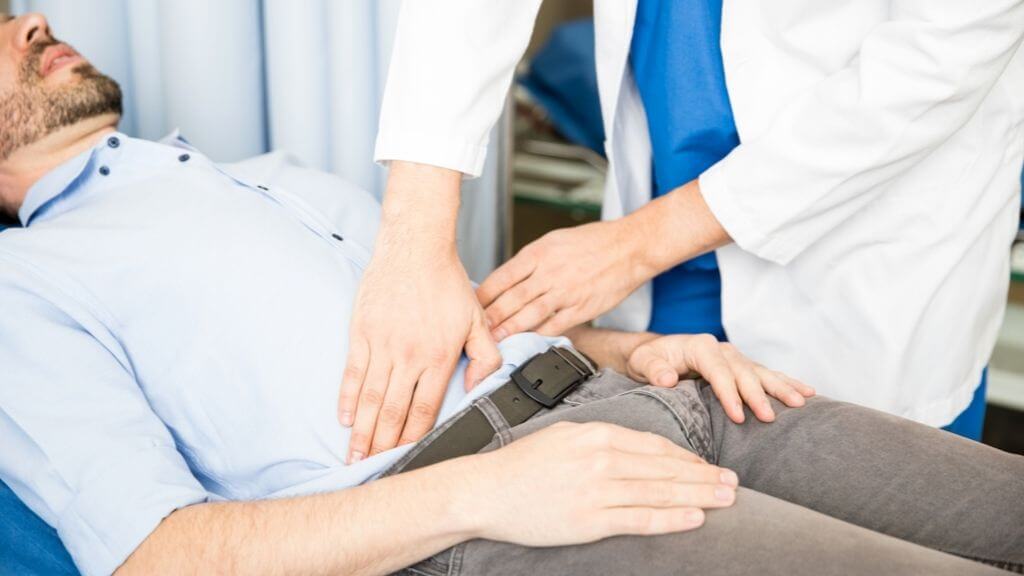Stomach pain is any pain, dull or sharp, that occurs between your chest and pelvic regions. The pain can be intermittent, chronic, or feel like cramping. There are a number of things that can cause abdominal pain or stomachaches ranging from eating too much to more serious diseases.
Inflammation of other organs can also cause pain in your stomach. It is important not to ignore stomach pain, as it could be a symptom of something more serious than bad food or eating too much.
Types of Stomach Pain
Stomach pain can be localized to a certain spot or more widespread. It can be stabbing pains, cramps, colicky pains, or dull aches. When the pain is localized to one area, the cause is usually due to problems with a particular organ.
Cramps are usually associated with menstrual cycles, diarrhea, constipation, or flatulence, and the pain will come and go. Colicky pain is sudden and similar to a muscle spasm and is a sign of something more severe.
What Causes Stomach Pain?
There are a number of organs associated with your abdominal area, so your stomach may not be the only problem if there is a pain. You also have to consider your spleen, intestines, kidneys, liver, gallbladder, pancreas, and appendix. Infections or inflammation to any of these organs can cause stomach pains, and effective treatment depends on locating the cause accurately.
Stomach pain after eating a large pain is common, but it should pass. If not, there may be a deeper problem such as eating foods that you have an intolerance for. The most common causes of infection are blockages, intestinal disorders, and inflammation, and these can also cause pain.

These symptoms are typically caused by an underlying condition, so it is important to know the potential causes of stomach pain. Treating the underlying cause is the only way to relieve pain effectively.
♦ Acid reflux: Acid reflux can happen after eating a big meal, and you will experience heartburn or pain in your upper abdomen. This occurs as a result of a poorly functioning LES (lower esophageal sphincter), and if it becomes chronic, the condition GERD develops.
♦ Appendicitis: This is when your appendix becomes infected and inflamed. The common pain felt is dull and near the naval and lower right quadrant of your stomach. Sometimes the pain can radiate to other areas of the stomach, and it usually co-occurs with a fever, loss of appetite, and nausea.
♦ Diabetes: Diabetes commonly causes gastroparesis, which is the delayed emptying of the digestive tract. Food stays undigested in your stomach much longer than average, causing bloating and pain.
♦ Diverticulitis: Your intestines can develop small pouches, and when these get inflamed or infected diverticulitis results. The inflammation causes bowel obstruction, which leads to constipation, swelling of the stomach, and pain. This condition is usually not noticed until severe abdominal pain and a fever show up, and it can be acute or chronic.
♦ Gastroenteritis: Viral gastroenteritis is caused by an infection in your stomach and intestines, and it’s commonly known as the stomach flu. It is a highly contagious virus that causes stomach cramping, diarrhea, and vomiting.
♦ GERD / Heartburn: This disease occurs as a result of your LES (lower esophageal sphincter) relaxing too much, which allows acid to flow back into the esophagus on a chronic basis. You will feel a burning pain in the upper abdomen as a result as well as in your throat.
♦ Gallstones: These hardened deposits can develop in your gall bladder when digestive fluids build up. They can get lodged in ducts and cause a blockage, which results in sudden and sharp pain in the upper quadrant of your stomach. The pain will also intensify as the gallstone attempts to move through a duct.
♦ Hernia: A hernia is when an organ or tissue bulges through an opening in your intestines. There will be a visible bulge as well as pain in the affected area. This usually occurs as a result of strain, such as lifting heavy objects, and most of the time, the tissue can be pushed back in. In severe cases, surgery may be required.

♦ Impacted bowel: Fecal impaction (or unmoving stools) can cause abdominal pain as well as possible stool leakage.
♦ Indigestion: This happens to everyone at some point, and chronic digestive problems, as well as poor eating habits, are the usual cause. You can feel a variety of symptoms, including nausea, bloating, heartburn, and un-localized stomach pain.
♦ Lactose intolerance: When your body is unable to break down lactose, which is the protein in milk, you are diagnosed with lactose intolerance.
♦ PMS: As the uterine lining contracts during the menstrual cycle, the cramping can be felt in the abdominal area. Typically, cramps will be felt in the lower section of your stomach and can be relieved with a heating pad, pain medications, and rest.
♦ Stomach ulcers: Peptic ulcers are the most common type of digestive ulcers, and they cause burning pain in the stomach. Acid makes the pain worse as it aggravates the ulcers, and this is common with an empty stomach.
♦ UTI: Urinary tract infections affect your kidneys and bladder primarily, but can cause stomach pain too. Most infections are caused by bacteria anywhere along your urinary tract. You will likely feel discomfort when urinating, and it sometimes is accompanied by lower stomach pain.
Location of Stomach Pain
The location of the stomach pain is a good indication of what may be causing it.
♦ Generalized pain across your abdominal area: When the pain is not in any one specific area, the cause could be appendicitis, irritable bowel syndrome, Crohn’s disease, flu, or urinary tract infection.
♦ Side stomach pain: Left side stomach pain can be caused by a kidney infection, Crohn’s disease, ovarian cysts, cancer, and appendicitis. Pain on the right side of the stomach can be caused by flu, kidney disease, hernia, and appendicitis or cancer too.
♦ Upper stomach pain: Depending on whether the pain is in the upper right or left quadrant of the stomach, the cause can vary. Upper left stomach pain can be caused by an enlarged spleen, heart attack, kidney problems, or fecal impaction. Upper right stomach pain may be from hepatitis, pneumonia, or appendicitis.

Natural Treatment for Stomach Pain
Stomach pain can be associated with any number of digestive disorders. Treatment for the underlying condition will be needed for permanent relief from stomach pain. In the meantime, there are natural treatment options you can try to soothe stomach pain.
Undigested or poorly digested food causes bloating, cramping, and pain. You can avoid this stomach pain by including digestive enzymes in your diet. These enzymes are produced by the body, but production decreases with age. Supplementing digestive enzymes is the best way to make sure food is completely digested.
You can also reduce stomach pain with L-glutamine, which has been found to reduce pain and nausea associated with chemotherapy. This amino acid is typically used to prevent leaky gut but can also be used for pain. Recently, it has been found to reduce pain in the stomach and digestive tract as well. Aloe vera leaf gel is another natural way to reduce stomach pain, as this soothes an upset stomach from the inside.
Liver disease and dysfunction can also cause stomach pain. The liver plays an important role in digestion, so it needs to be taken care of too. The liver processes the nutrients that are absorbed from the small intestine. A diseased liver is unable to do this, resulting in malnourishment.
You can protect the liver from damage and other diseases with milk thistle extract. This extract has been shown to protect the liver and heal the damage caused by cirrhosis.
When to See Your Doctor
Mild abdominal pain will go away without treatment, but a sharp pain in the stomach means you should see your doctor. You need to see the doctor if you have severe stomach pain following an injury or if you have blood in your stools, difficulty breathing, persistent vomiting, or severe swelling of the stomach.

Different tests and a physical examination will determine the cause of your pain, which will provide appropriate treatment to relieve pain and address the underlying cause.






